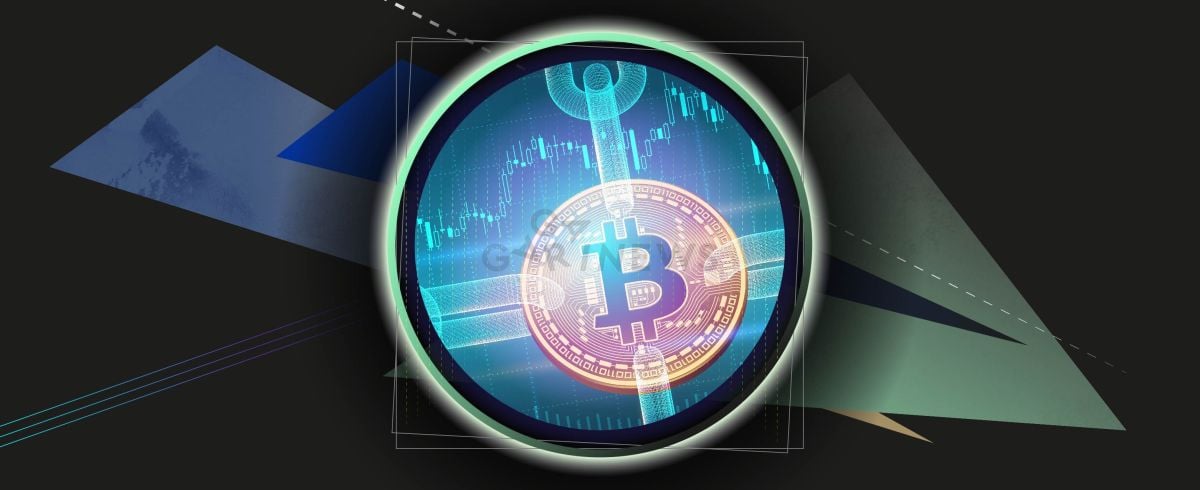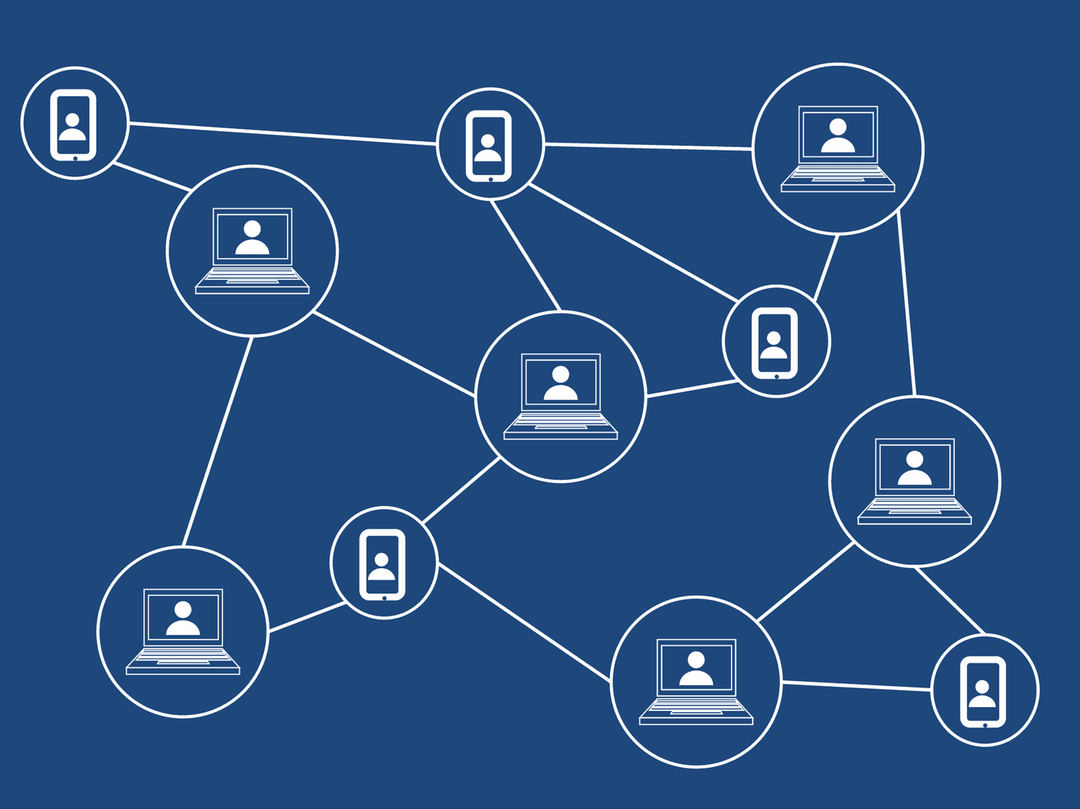What is a DAO in crypto?

A DAO is a decentralized, autonomous organization that operates on a blockchain using smart contracts. All its members manage it, giving everyone the right to vote on internal issues.
Due to open-source code, DAO is characterized by democracy, independence, and transparency. A decentralized autonomous organization can be created on the basis of a blockchain project, a metaverse, or a crowdfunding company.
While in centralized companies, the main decisions are made by the one who owns the largest share of assets, DAO denies this approach to management. Decentralized autonomous organizations do not allow a large investor to join the community and buy a major stake in the company to significantly influence it.
In a DAO's case, the organization's focus and purpose are predefined and recorded in advance in smart contracts. Before joining the DAO community, the interested party must become familiar with the established procedure.
The easiest way to understand it is to think of it as decentralized management of a shared pool of funds controlled by a community of like-minded people from around the world who do not recognize centralized leadership. In most cases, DAO is accessed by a management token, also called a governance token or token voting. Once purchased, one can participate in the votes on the platform, make capital allocation decisions, influence the organization’s work, and contribute ideas and suggestions for the future.
DAO first appeared in 2016. The organization was created by Slock.it, a company built on the Ethereum blockchain. Eventually, the project was hacked, and the Ethereum network had to do a hard fork to recover the lost funds.
One of the additional values of decentralized autonomous organizations is the ability to unite in a community. DAOs are a powerful coordination mechanism that allows different categories of people to invest in a specific idea and influence its development together.
What problem does DAO solve?
The specific nature of the decentralized autonomous organization allows for solving the conflict, which is typical for many spheres and companies, namely the principal-agent problem. It lies in the fact that the classic centralized organization is characterized by asymmetric information, in which one party knows more than the other and can use the data for its benefit rather than in the company’s interests.
If everything is structured so that the agent (manager) makes decisions on behalf of the principal (supervisor), who ranks higher in the hierarchy but has less information, there is some risk of using authority to his/her own advantage because their goals and desires may differ.
Since a decentralized autonomous organization does not allow one person to make important decisions, it is considered an effective way to solve the principal-agent problem. Process alignment is an essential concept of blockchain, and DAO borrows from and complements it.
Ideally, such organizations should unite and bring to a common denominator the vision of interested parties, not only founders and major token holders but the entire community.
How do DAOs work?
There is a classic set of fundamental processes that are common to all DAOs:
- defining the rules recorded in the smart contract;
- funding;
- voting on the future of the project.
Before a DAO is deployed, the primary goals, principles, and regulations are coded into the smart contracts. This stage is important in creating a strong and true autonomous organization. If mistakes and inaccuracies are made from the beginning, the project can be unstable later.
Next comes the financing of the DAO. The project is supposed to have an internal property available for purchase. For example, a governance token that is used for voting and stimulating activity.
When enough funds have been raised, internal voting takes place within the decentralized organization for further project deployment. Since all participants are investors, they are interested in the initiative’s success.

Prominent examples of decentralized autonomous organizations
MakerDAO
MakerDAO is a decentralized cryptocurrency lender running on the Ethereum blockchain, which is the DAI stablecoin protocol. In 2020, several important amendments were made to the company’s system to achieve full peer-to-peer. In particular, the developers provided control over the unallocated part of MKR tokens to their owners and allowed smaller investors to participate in votes. MakerDAO is in the process of transferring full ownership of the project to its community.
Uniswap
Decentralized exchange Uniswap issued a UNI governance token in 2020. With this gesture, the company put its structure on the tracks of the DAO. However, the community was not satisfied with the level of decentralization that the exchange provided because a minimum threshold of 1% of the total token supply was required to participate in the management of the project.

What obstacles does DAO face?
As DAO aims to revolutionize the market and does not accept the traditional management structure, organizations face many legal and bureaucratic problems. In addition, since decentralized organizations can be distributed across different countries and regions, legal issues will need to be considered in relation to several legislations at once.
But the biggest challenge that DAOs face is hackers who take advantage of bugs in smart contracts and can bring losses to the community before a vote on a solution takes place. Also, there are obstacles to designing and deploying a highly resilient organization to attackers.
Despite this, DAO remains an attractive governance mechanism for many blockchain projects. This is especially true for the DeFi sector. A new form of corporate governance could bring positive changes to the world of finance and more. After legal regulations concerning such communities are settled, more and more companies may think about implementing DAO in their structure to automate activities, make them more transparent and self-managed.
Recommended

